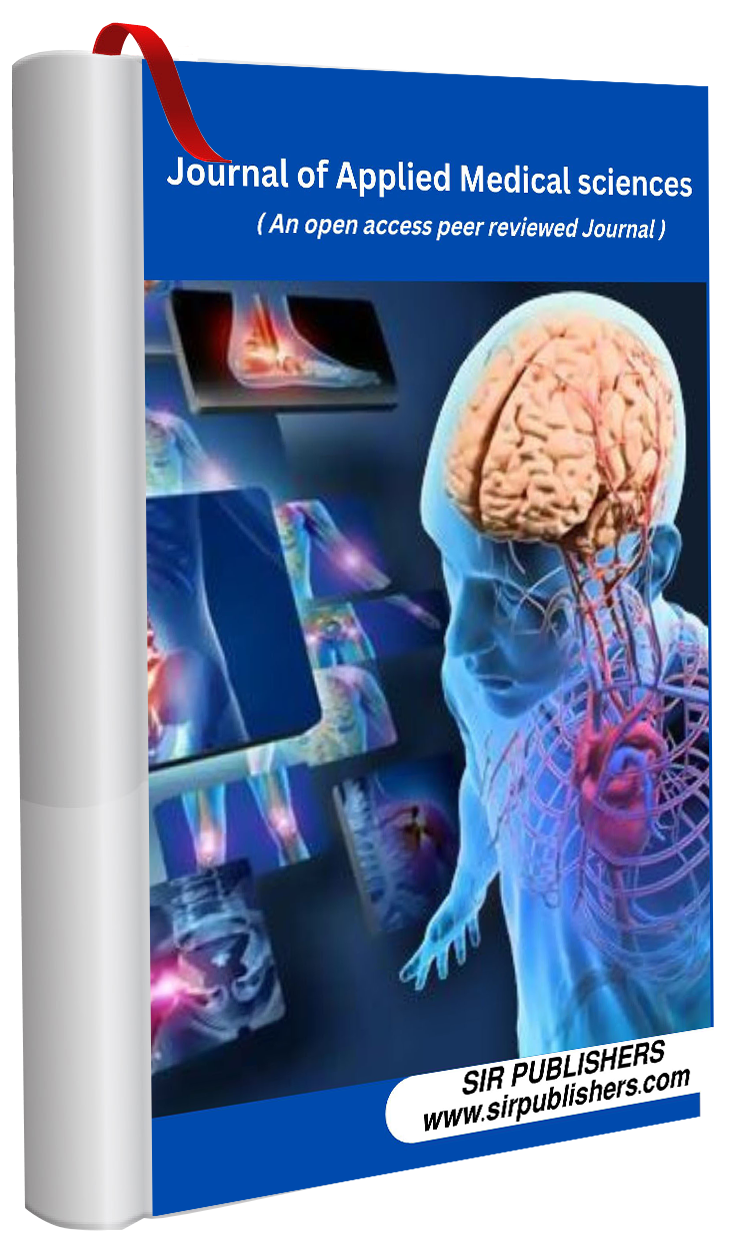PATHOGENESIS AND IMMUNE RESPONSE IN CARDIAC ECHINOCOCOSIS
Keywords:
cardiac echinococosis, granulosa echinococcus, pathogenesis, immune response, hydatid cystsAbstract
Cardiac echinococcosis is a rare but serious disease caused by the parasitic helminth Echinococcus. granulosus , which locates the heart muscle. This article assumes the pathogenesis of this disease and an allergic immune system to the infection.
In cardiac echinococosis, parasites enter the heart muscle and cause the formation of hydatid cysts. These cysts lead to structural changes in the heart and disruption of its functions. Pathogenesis includes the interaction of the parasite with the tissues of the heart, its ability to penetrate tissues and form cysts, as well as phenomena associated with tissue destruction and the occurrence of an inflammatory response.
The immune system plays an important role in protecting the body from infection. With cardiac echinococosis, the immune response is activated and various cells and mediators are involved in the fight against parasites. T-lymphocytes, macrophages, neutrophils and other cellular immune systems play a role in responding to parasites and limiting their spread. However, Echinococcus parasites develop under conditions of immune response evasion strategies such as modulation of the host immune response and formation of hydatid defenses, allowing them to control complete prevention and maintain causes of harm.
A better understanding of the pathogenesis and immune response in cardiac echinococosis is important for the development of new cases for the diagnosis, prevention and treatment of these diseases. Research should be aimed at discovering more detailed mechanisms of interaction between the parasite and the immune system, as well as identifying the emergence of approaches to detecting this disease.
References
Moreau P. et al. (2018). Immune response to Echinococcus granulosus infection in humans: the concept of the immune wall. Trends in Parasitology, 34(10), 733-746.
Siles-Lucas M. et al. (2017). Echinococcus spp. Tapeworms: a threat that needs attention. Veterinary Parasitology, 244, 78-81.
Brem K. et al. (2017). Interaction of echinococcus with the host at the cellular and molecular levels. Advances in Parasitology, 95, 147-212.
Siles-Lucas M. et al. (2015). Echinococcus Vaccine Progress: An Update. Journal of Helminthology, 89(3), 257-267.
Siracusano A. et al. (2012). Echinococcus granulosus and its excretory/secretory products: metabolic pathways at the host-parasite interface. Veterinary Parasitology, 188(3-4), 325-331.
Brunetti E. et al. (2010). Expert consensus on the diagnosis and treatment of cystic and alveolar echinococcosis in humans. Acta Tropica, 114(1), 1-16.
Witton D.A. et al. (2010). Treatment of cystic echinococcosis: what has 50 years of experience taught us? British Journal of Clinical Pharmacology, 69(4), 447-459.
Zhang W. et al. (2008). Immunology and immunodiagnosis of cystic echinococcosis: an update. Clinical and evolutionary immunology, 2008, 1-10.
Witton D.A. et al. (2003). A twenty-year follow-up of cystic echinococcosis in northern Tunisia. Annals of Tropical Medicine and Parasitology, 97(4), 331-342.
Wen H. et al. (2004). Immunology and immunodiagnosis of cystic echinococcosis: an update. Chinese Medical Journal, 117(6), 915-920.










